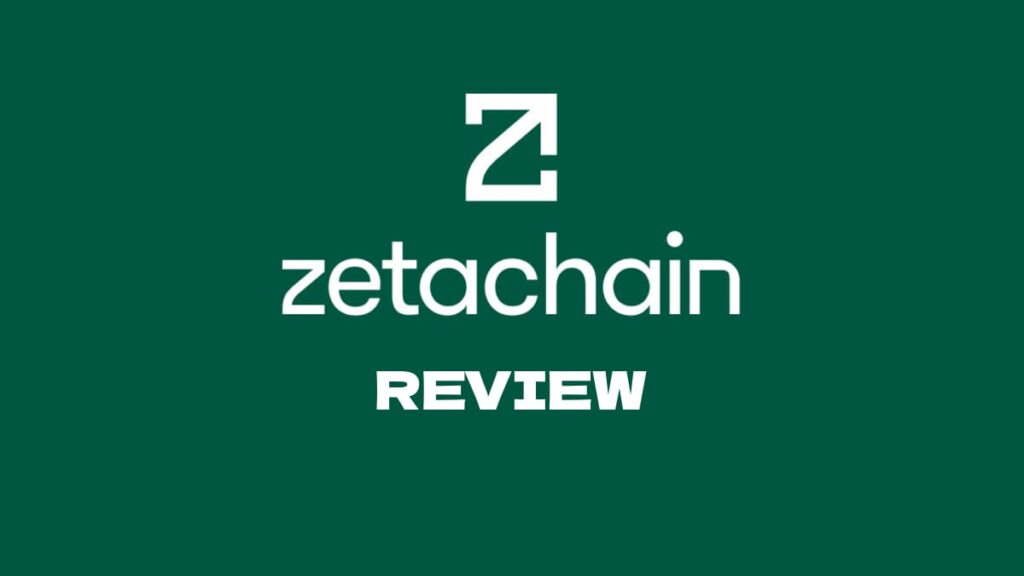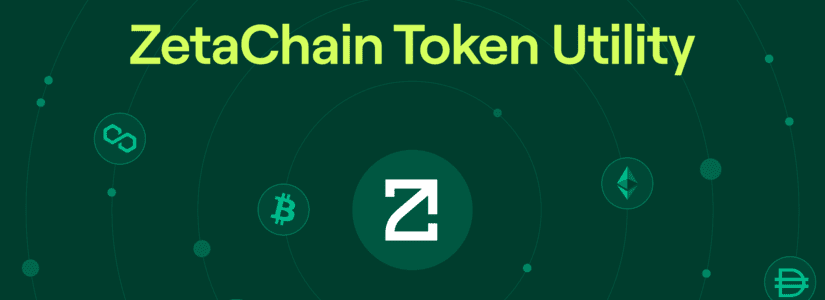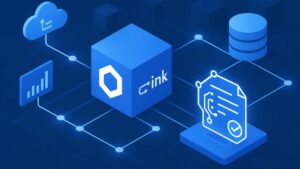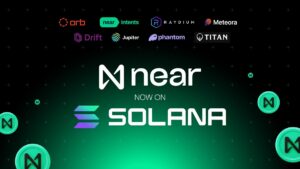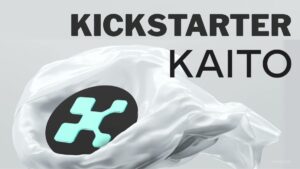Did you know that one of the main limitations of blockchain technology is the poor communication that exists between different networks? Interoperability between chains is a major challenge in the industry, as it makes it difficult to transfer assets and data between different networks. That is why ZetaChain has emerged to revolutionize the creation of decentralized projects and applications.
With its innovative proposal, ZetaChain seeks to become a platform that allows developers to leverage the benefits of different blockchains to create projects with never-before-seen power and functionalities. Let’s take an in-depth look at what this impressive project is all about.
What Is Zetachain?
ZetaChain is a blockchain platform designed to simplify and enhance the functionality of the decentralized application ecosystem (DApps). Unlike traditional blockchains that operate in isolation, ZetaChain is a Layer 1 blockchain that enables seamless cross-chain data exchanges and smart contract executions.
This means that DApps built on ZetaChain can interact with multiple blockchains, such as Ethereum, Polygon, Bitcoin and Dogecoin, as if they were all part of a single network. Recall that one of the main problems that arise as more blockchain projects appear is the difficulty of processing assets and information on different networks.
Based on this, the concept of omnichannel programmability is central to ZetaChain’s innovation. It allows developers to leverage the unique features of different blockchains within their DApps, without the need for complex integration processes. For example, a DApp built on ZetaChain could use the security of the Bitcoin blockchain for asset storage, the speed of Ethereum for transaction processing, and the low fees of Polygon for user interactions.
How Did ZetaChain Emerge?
Founded by Ankur Nandwani, a former Coinbase team member and creator of the BAT token, ZetaChain has quickly gained recognition for its innovative approach to blockchain interoperability. The platform’s test network operations began in 2022, followed by a successful $27 million venture capital funding round in 2023. ZetaChain officially launched its mainnet on February 1, 2024, marking a significant milestone in its mission to revolutionize the crypto ecosystem.
By enabling seamless communication between different blockchains, ZetaChain aims to unlock new possibilities for users and developers alike. Whether for payments, decentralized finance (DeFi), liquidity provision, gaming, art or social interactions, ZetaChain provides a unified platform where the benefits of diverse blockchains can be leveraged in a cohesive and efficient manner.
Main Features Of Zetachain
ZetaChain offers several key features that make it a unique blockchain platform with great potential for mass adoption by developers and investors. Let’s look at each of them in detail:
Decentralized and Public: ZetaChain operates on a network of nodes distributed around the world. It uses Cosmos SDK and the Tendermint Consensus, ensuring that all transactions are transparent, verifiable and minimize trust. Unlike some other cross-chain exchange solutions, ZetaChain does not rely on centralized trust models, making it more secure against exploits and hacks.
Hyperconnected nodes: ZetaChain nodes are hyperconnected, which means they can monitor transactions on every connected chain. This allows the network to sign and verify transactions on multiple chains, providing a seamless omnichannel environment for developers. This architecture allows developers to easily build new cross-chain applications, maximizing the potential use of blockchain technology.
Omnichannel Smart Contracts: ZetaChain supports smart contracts that can read and write to connected chains. This capability allows developers to implement smart contracts that interact with multiple chains, opening up new possibilities for application development.
Inter-Chain Message Transfer: Developers can transfer messages, including data and value, between chains and layers with simple function calls. This allows developers to build cross-chain applications by implementing some functions within their existing smart contracts.
External Asset Management: The ZetaChain network and dApps can manage externally connected blockchain assets and vaults. This means that assets on any chain can be managed as assets on a single chain, including those without smart contracts such as Bitcoin and Dogecoin.
What Is The Zeta Token?
ZETA is the native token of the ZetaChain ecosystem, used for transactions, incentives, data security and cross-chain interactions. ZETA holders can participate in the governance of the network by proposing and voting on changes to the protocol. In addition, ZETAs are required to pay transaction fees in the network, which are distributed among validators, delegators and other participants as a reward.
Another important function of ZETA is in interchain messaging, which we discussed in the previous section. When assets are transferred between different chains, ZETA is burned in the source chain and broadcast in the destination chain, enabling the transfer of value between connected chains in an efficient manner.
Finally, ZETA is used in ZetaChain liquidity pools, where liquidity providers receive transaction fees and other incentives for contributing ZETA tokens and other external assets, enhancing the liquidity and functionality of the ecosystem.
What is the ZETA Token for?
ZETA plays a crucial role in the platform ecosystem. With an initial supply of 2.1 billion tokens, ZETA aims to ensure long-term sustainability through a planned annual inflation rate of around 2.5%. This inflation rate is based on circulating supply, providing a mechanism to sustain the network over time.
In addition, ZetaChain’s governance model allows for updates to monetary policy and other modifications to the network to meet the needs of the ecosystem. ZETA is used as a gas for transactions, asset exchange and as an intermediary asset between chains, as well as being key to network security and governance participation.
CONCLUSION
ZetaChain’s contribution to the blockchain ecosystem is undoubtedly very large. The cross-chain development oriented approach, can generate the emergence of better and better projects that leverage the benefits of each of the blockchains that previously could not connect with each other.
As more developers join the ZetaChain environment, it is likely that ZETA, its native token, will be positioned among the most important in the market.
As we have seen, ZetaChain’s growth potential is almost infinite. With its innovative features, it can become a major hub for the development of Decentralized Applications and, in a short time, be one of the most important blockchain ecosystems.


